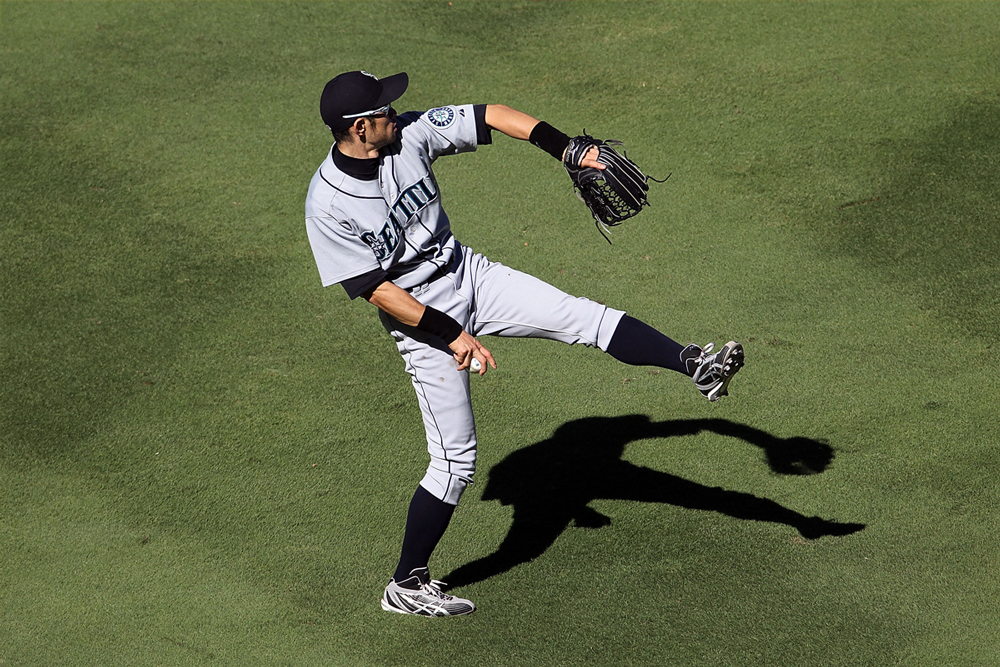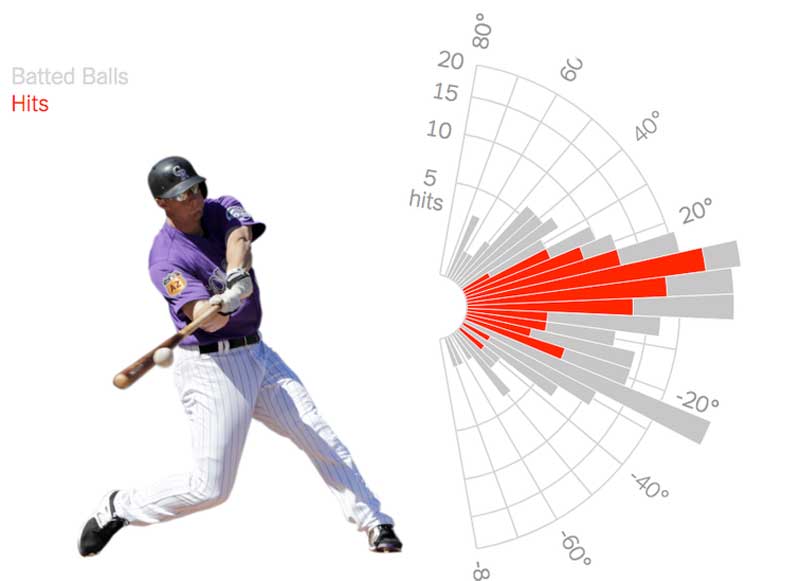The 3rd base position in baseball requires a unique combination of skills, including solid fielding, quick reactions, and a strong arm. If you’re an aspiring baseball player looking to excel at 3rd base, you’ve come to the right place. In this guide, we’ll explore fundamental tips and techniques that will help you dominate at the hot corner.
1. Fielding Fundamentals
- Low Stance: Start with a low, athletic stance, knees bent, and glove down in front of you. This allows for quick reactions and better balance.
- Glove Position: Keep your glove hand low and open, ready to react to ground balls. Your glove should be on the ground and slightly ahead of your body.
- Two-Handed Approach: Always use both hands when fielding ground balls. One hand secures the ball in the glove, while the other hand provides support.
2. Quick Reactions
- Anticipation: Read the pitcher’s delivery and the batter’s swing to anticipate the direction of the hit. Anticipating the play can give you a split-second advantage.
- First Step: The first step is crucial when reacting to a hit ball. Explode off the mark quickly in the direction of the ball.
3. Footwork
- Lateral Movement: Practice moving quickly from side to side. This lateral movement is essential for covering the 3rd base line.
- Positioning: Stand a step or two inside the baseline to cut off sharply hit ground balls. Your positioning should allow you to react to balls down the line or in the hole.
4. Strong Arm

- Throwing Mechanics: Develop a strong and accurate throwing motion. Work on your throwing mechanics to ensure you can make long throws across the diamond.
- Quick Release: When making a throw, focus on a quick release. The less time you take to get the ball out of your glove and into your throwing hand, the better.
5. Mastering the Dive
- Diving Plays: 3rd base often requires diving plays to stop hard-hit ground balls. Practice your diving technique to ensure you can make these plays confidently.
- Recovery: After a dive, practice quickly recovering to your feet and being ready for a potential throw to first.
6. Communication
- Coordinate with Pitcher: Communicate with the pitcher to ensure you both know who will field bunts or slow rollers in front of the mound.
- Infield Calls: Establish clear communication signals with your fellow infielders. This prevents collisions and ensures efficient plays.
7. Situational Awareness
- Game Situation: Be aware of the game situation, including the score, the number of outs, and the baserunner’s speed. This affects your decision-making on when to make a play at home or first.
- Bunt Defense: Be prepared for bunts. Practice charging the ball quickly to field and make the throw to first.
8. Practice, Practice, Practice

- Repetition: Repetition is the key to mastering 3rd base. Spend plenty of time taking ground balls and making throws during practice.
- Situational Drills: Work on situational drills that replicate game scenarios. This will prepare you for real-game pressures and decisions.
9. Learn from the Pros
- Watch the Best: Study professional 3rd basemen to learn from their techniques and positioning. Pay attention to how they react to different types of hits.
10. Mental Toughness
- Stay Confident: Confidence is vital. Believe in your abilities and stay mentally tough, even if you make an error. Every player faces challenges; it’s how you bounce back that matters.
Remember that becoming a dominant 3rd baseman takes time and dedication. By honing your fielding skills, improving your reaction time, and developing a strong throwing arm, you’ll be well on your way to dominating the hot corner. Work hard, stay focused, and always bring your passion for the game to the field.
